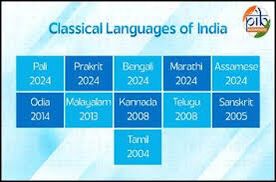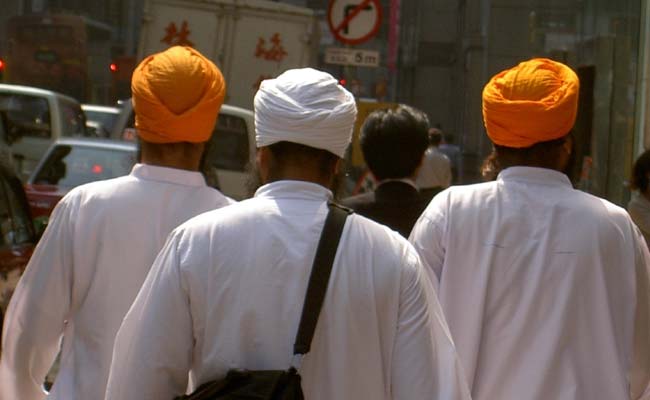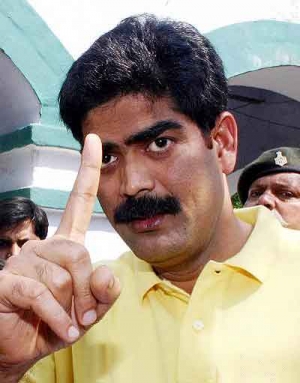India Celebrates Eleven Classical Languages, Honouring Its Enduring Linguistic Heritage

New Delhi | October 27, 2025 India has taken a remarkable step in celebrating its cultural and linguistic legacy by expanding its list of Classical Languages to eleven. In October 2024, the Government of India conferred Classical Language status upon Marathi, Pali, Prakrit, Assamese, and Bengali, adding to the six already recognised—Tamil, Sanskrit, Kannada, Telugu, Malayalam, and Odia. This milestone reflects India’s enduring commitment to preserving the profound linguistic traditions that have shaped its civilisation for millennia. Language in India has never been just a means of communication—it is a living record of philosophy, art, and identity. The recognition of Classical Languages embodies Prime Minister Narendra Modi’s vision of “Virasat Bhi, Vikas Bhi”—a harmonious blend of heritage and progress. These languages hold the essence of India’s ancient wisdom, carrying forward the voices of scholars, poets, and spiritual leaders who helped define the nation’s cultural soul. The conferment of Classical Language status not only celebrates linguistic excellence but also ensures systematic preservation through institutional and academic support. To qualify, a language must demonstrate a long recorded history, a substantial body of ancient literature, and linguistic distinction from its modern form, supported by historical inscriptions and texts. Among the new inductees, Marathi stands out for its deep roots in Maharastri Prakrit and literary masterpieces like Gathasaptasati from the 1st century CE. Its devotional works by saints like Dnyaneshwar and Tukaram have profoundly enriched Indian spirituality. Pali, the language of the Buddha’s teachings, remains central to the preservation of Buddhist philosophy through the Tipitaka and Jataka tales, reflecting timeless moral and philosophical insights. Prakrit, once the language of the masses, played a foundational role in the evolution of several Indian languages, bridging classical and vernacular traditions. It was the chosen medium for spiritual teachers like Buddha and Mahavira, symbolising accessibility and inclusivity. Assamese, with origins in the Charyapadas of the 7th century CE, blends Sanskritic grace with regional expression, forming an integral part of India’s literary continuum. Bengali, with its illustrious lineage from the Charyapadas to Rabindranath Tagore, stands as a pillar of India’s intellectual and nationalist awakening, shaping the modern cultural consciousness of the nation. To safeguard and promote these Classical Languages, the Central Institute of Indian Languages (CIIL) and its dedicated Centres of Excellence continue to spearhead efforts in research, documentation, and translation. The Central Institute of Classical Tamil, for instance, has rendered masterpieces like Tolkāppiyam and Tirukkural into dozens of global languages, while the Centres for Telugu, Kannada, Odia, and Malayalam have led crucial initiatives to digitise manuscripts and study inscriptions. Central Sanskrit Universities in Delhi and Tirupati further reinforce India’s scholarly engagement with its linguistic past. By recognising eleven Classical Languages, India not only celebrates its linguistic diversity but also reaffirms its responsibility to protect, promote, and perpetuate the wisdom enshrined in its ancient tongues—a timeless tribute to the voices that continue to shape the Indian identity. India Honours Its Timeless Languages India now proudly celebrates eleven Classical Languages, marking a historic step in preserving its ancient linguistic and cultural heritage. With Marathi, Pali, Prakrit, Assamese, and Bengali joining Tamil, Sanskrit, Kannada, Telugu, Malayalam, and Odia, the nation reinforces its commitment to safeguarding centuries of wisdom and literature. Each language tells a story of India’s evolving civilisation — from the teachings of the Buddha to the poetry of Tagore. This recognition not only honours the past but ensures that India’s timeless voices continue to inspire generations to come.




